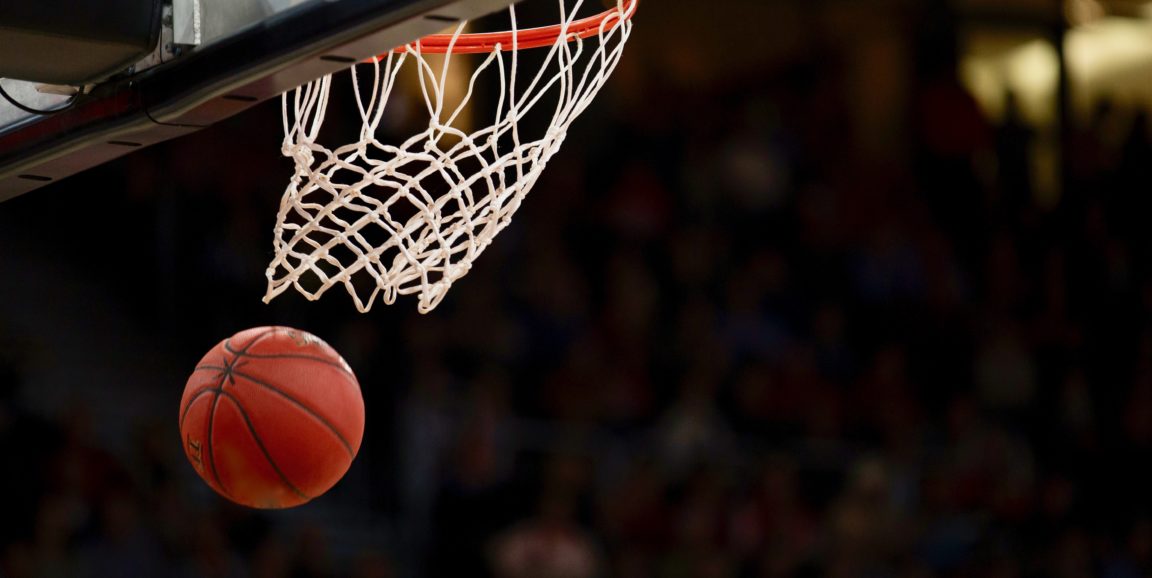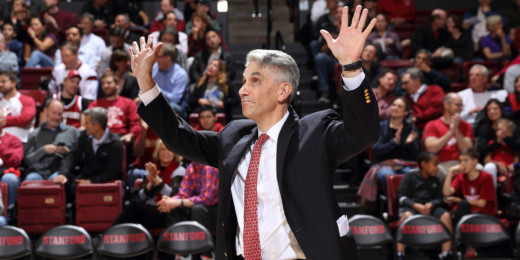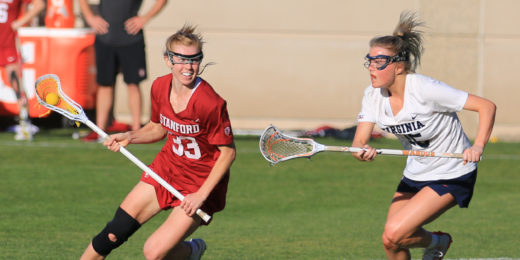In case you missed it, LeBron James did it again. He led yet another NBA team -- this time the Los Angeles Lakers -- to the national championship crown; and for the fourth time, he collected the Most Valuable Player honor in the process.
But the on-court achievements of James and his colleagues weren't the only notable aspect of this unusual NBA season. While other professional sports leagues floundered or even fumbled their handling of COVID-19, the NBA collected praise for a "bubble" approach that kept players isolated and largely free of infection.
NBA Vice President and Events Medical Director Leroy Sims, MD -- who earned his undergraduate, master's and medical degrees from Stanford -- played a big role in creating and maintaining that bubble in Orlando, Florida.
An article in Stanford Magazine describes the rules outlined in their 113-page medical protocol:
No visits to teammates' rooms, no caddies in golf, no doubles in table tennis. No reusing a deck of cards. No interaction with the outside world....
COVID tests -- three shallow swabs of the throat and one swab of each nostril -- are mandatory daily, as are temperature and oxygen saturation readings and symptom checks that are uploaded into wearable devices that track bubble denizens' heath and accordingly grant or deny them access to entrances around the campus.
In addition to holding the pandemic at bay, Sims and his fellow bubble architects mapped out ways that players' other medical needs could be met within the confines of the quarantine -- needs such as eye doctor visits and dental emergencies.
Sims, an emergency medicine doctor at Mills-Peninsula Medical Center in Burlingame, California, was uniquely suited to the task, according to his wife, Melissa Enriquez Sims, MD, who also earned her medical degree at Stanford. As she told Stanford Magazine:
You know how people play chess and they think seven moves ahead? Leroy has to think seven moves ahead with multiple branches of scenarios. Say his team is making a policy and then the CDC changes something completely. Or the players association says that they want this or corporate says that they need that. He never lets that completely throw him off balance.
It seems Sims always had a pretty good idea of the career he wanted. He aspired to be an emergency medical technician at age 8, and loved watching television reruns of the show Emergency!
He also loved sports medicine, though, and as a fellow and junior faculty member in orthopedic surgery, served as team physician for numerous Stanford teams before moving on to the pros.
Now at the NBA, Sims' work has drawn accolades from many quarters. As Stanford professor of medicine Dean Winslow, MD, told Stanford Magazine:
What Leroy and his NBA colleagues have done proves that, if you do take appropriate precautions, we can defeat this virus. Not flatten the curve, but basically bring the curve to zero, which is really what they did.
Photo by Markus Spiske






